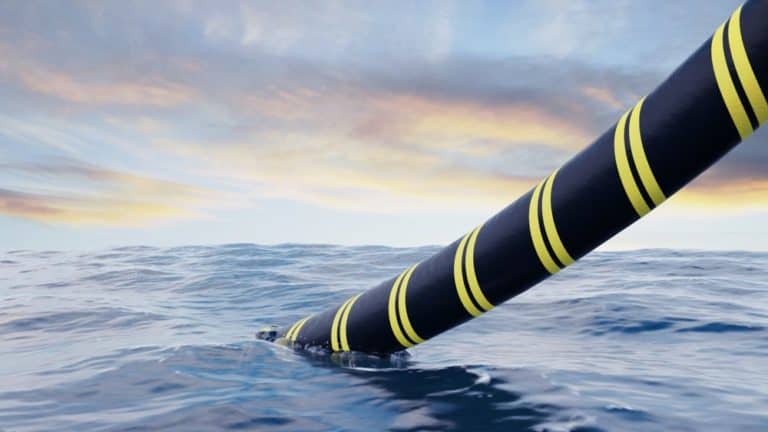Google has asked Equinix to build the Cable Landings Station (CLS) for the new Curie sea cable in Los Angeles. It is the first new submarine connection between the United States and Chile in 20 years.
The cable is named after Marie Curie, the famous chemist and physicist. The cable comes ashore at Equinix’ data center in El Segundo, California. According to the press release, Google has chosen Equinix because of its extensive experience in the installation and management of landing stations for sea cables. For example, the global provider of interconnection and data centre services is already involved in 25 other sea cable projects. The cable is expected to be put into service in 2019.
Growing demand
The Curie sea cable, unlike other sea cables, does not end up at the landing station where it arrives. Instead, the cable ends in the Equinix LA4 International Business Exchange data centre. This offers many new opportunities for direct connections, as the location is a popular hub for many businesses. In the data centre, a fast and secure connection between the various ecosystems of companies, clouds and IT service providers is established by means of interconnection.
The demand for these kinds of sea cables is increasing considerably. Global data traffic is expected to grow to 3.3 zettabytes by 2021. Almost every bit of it comes into contact with a sea cable during its journey. In fact, 99% of intercontinental data traffic goes via sea cables and only 1% via satellite systems. The growth in data traffic and the increase in sea cable connections is partly due to a growing demand for cloud solutions and cloud-related trends such as big data and IoT.
Opportunities for the Netherlands
According to Michiel Eielts, Managing Director of Equinix Benelux, this increased demand offers opportunities for the Netherlands. Dozens of sea cables are coming ashore in the Netherlands, which are routed via a landing station to data centres in Amsterdam. From there, connections are made with the rest of Europe. The sea cables that come ashore in the Netherlands have laid the foundation of our solid position as a digital gateway to Europe. They are the basis of our very extensive connectivity, with which data centres have also expanded their position, says Eielts.
This news article was automatically translated from Dutch to give Techzine.eu a head start. All news articles after September 1, 2019 are written in native English and NOT translated. All our background stories are written in native English as well. For more information read our launch article.